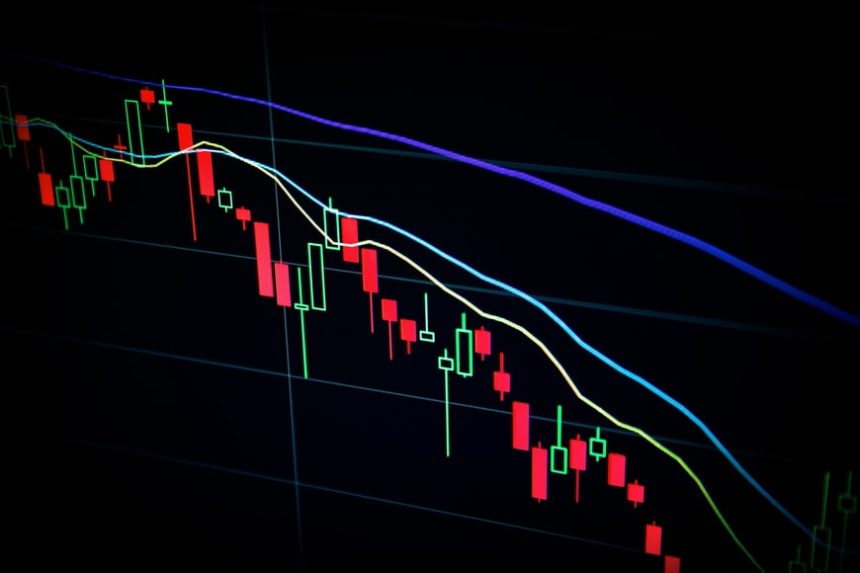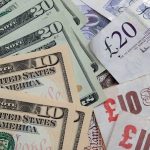Market Analytics and Technical Considerations
In order to evaluate the delayed effects of monetary policy tightening on the economy and inflation, the majority of Federal Reserve policymakers were in favor of “soon” slowing the rate of interest rate increases.
According to the Fed’s minutes, “a substantial majority of participants judged that a slowing in the pace of increase would likely soon be appropriate. One of the reasons that such an assessment was important was because of the uncertain lags and magnitudes associated with the effects of monetary policy actions on economic activity and inflation.
The Federal Open Market Committee raised its benchmark rate by 0.75 percentage points on Nov. 2 to a range of 3.75 percent to 4 percent.
The Fed flagged several factors that would determine the size of future hikes, including the cumulative tightening of monetary policy, the delayed impact of monetary policy on the economy, and inflation, which would determine the size of future hikes. Although it was the fourth 0.75 percentage point rate hike in as many meetings, the Fed also laid out the groundwork for slowing the pace of rate hikes at upcoming meetings.
Several members have continued to echo market expectations for less hawkish rate hikes in light of recent data indicating slowing but still above-trend inflation.
Lael Brainard, Vice Chair of the Federal Reserve, stated, “The inflation data was reassuring, preliminary.” Moving to a slower rate of increase is likely to be appropriate soon.
According to the Fed Rate Monitor Tool on Investing.com, approximately 80% of traders anticipate that the Federal Reserve will slow the pace of rate hikes to 0.5 percent in December.
Investors’ attention has shifted to the terminal Fed Funds rate, or the level at which rates will likely peak, as a result of a largely priced-in slower rate hike pace. Powell stated in a press conference following the November monetary policy decision that “the ultimate level of interest rates will be higher than previously expected [in September.
Currently, traders anticipate that rates will reach their highest point of 5.00% to 5.25%. However, hawkish Fed members such as St. Louis Fed President James Bullard have suggested that rates may need to rise as high as 7% in order to bring inflation down.
However, even if rates do reach a peak around 5%, that would still be the highest rate since June 2006, and it could be painful for risk assets, particularly tech growth sectors.









